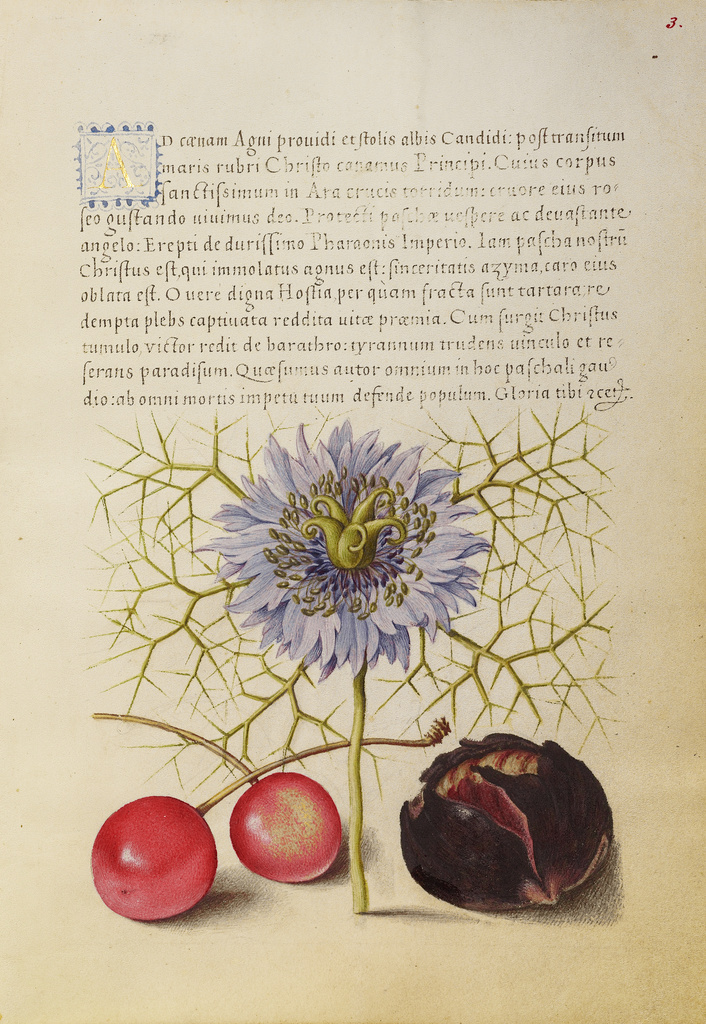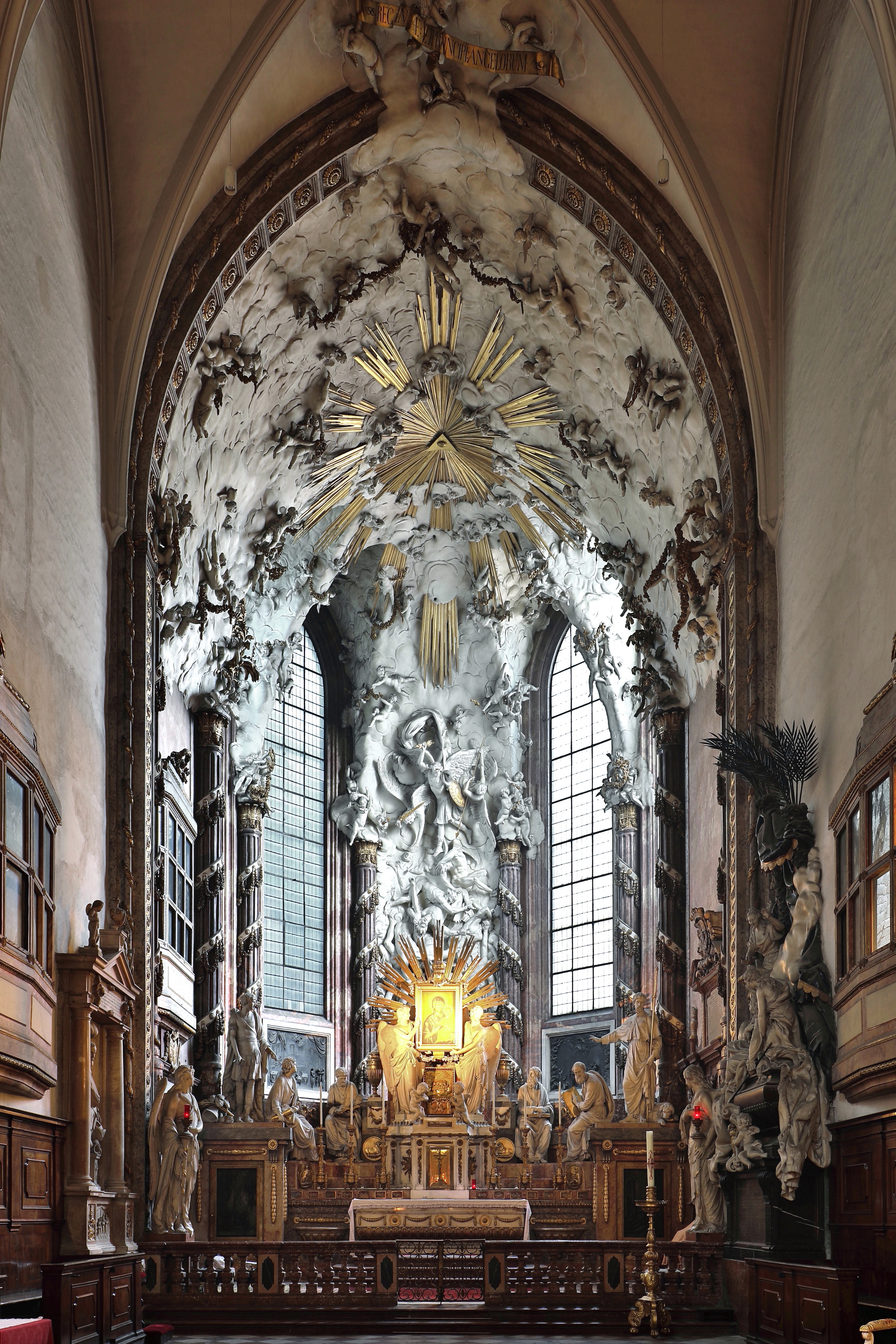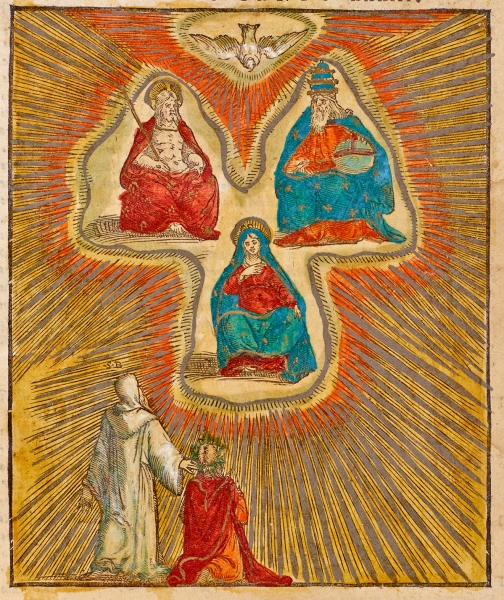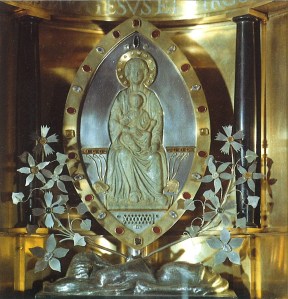My father, Helmut Moritz, was a renowned geodesist whose legacy as a researcher, educator, and as human being have been eloquently documented [1,2]. Yet, there remains one untold tale—a deeply personal and profound journey my father undertook, rediscovering his Catholic faith after a period of agnosticism.

My father was something like a re-convert to the Catholic faith. During his time in college and in the early years of his career as a researcher, he identified as an agnostic, asserting that it was impossible to definitively prove the existence or non-existence of God (an agnostic stance). My mother was a steadfast and devout Catholic throughout her life. When my parents decided to marry, they agreed on two key points: firstly, my mother would not attempt to convert him, and secondly, any future children would be baptized and raised in the Catholic faith. I recall the time of my First Communion when I questioned my mother about my father’s absence from Sunday Mass. She explained to me that ‘faith didn’t resonate strongly with him.’
Once a year, my father spent a month at the Ohio State University as a visiting professor. He found himself without family obligations and more leisure time. On one occasion, he went into a Catholic church and picked up a leaflet, hoping to understand why my mother held her faith so dear. It was a start. After returning to Berlin, Germany, he had lengthy discussions with the parish pastor. This encounter sparked his interest in the writings of St. Paul, to the extent that he could effortlessly reference St. Paul without explicitly quoting him. Our family relocated to Graz, Austria, in 1972, and here, he took the final steps to return to the faith: confession, Communion, and confirmation. From that point on, my father never missed a Sunday Mass, a fact that became well-known among his colleagues and friends. Even during his travels to Communist Russia and China, his colleagues ensured he could attend Sunday Mass [3].
Theology and philosophy became his passionate pursuits, and he could engage in hours-long discussions on these topics, especially with his wife. In 1995, he published a book primarily focused on the philosophy of science, titled ‘Science, Mind, and the Universe.’ In 2005, he authored an article titled ‘Science, Religion, and Tolerance.’ In 2007, my father and I co-authored an article titled ‘Über Naturgesetze und Evolution: ein Beitrag zu einem interdisziplinären Dialog.’
______________
[1] Hans Sünkel, Prof. Dr. Helmut Moritz (1933 – 2022)
[2] Christopher Jekeli, Helmut Moritz (1933 – 2022) – Paragon of Geodesy (and more)
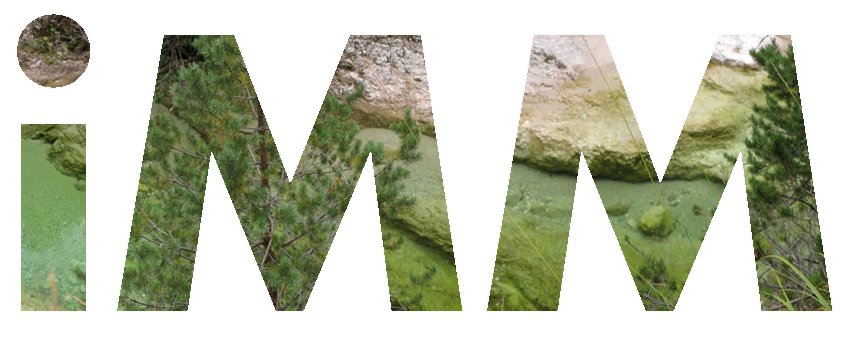


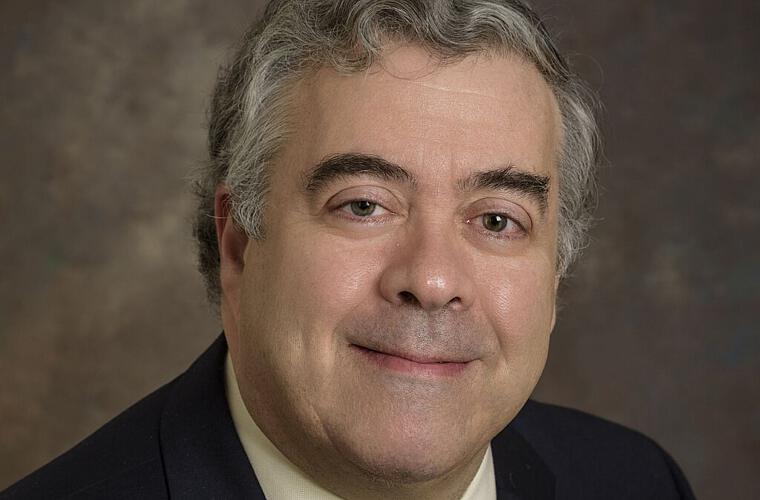 Der Physiker und Astronom Stephen Barr hat die Zeichen der Zeit erkannt und hat die ‚
Der Physiker und Astronom Stephen Barr hat die Zeichen der Zeit erkannt und hat die ‚